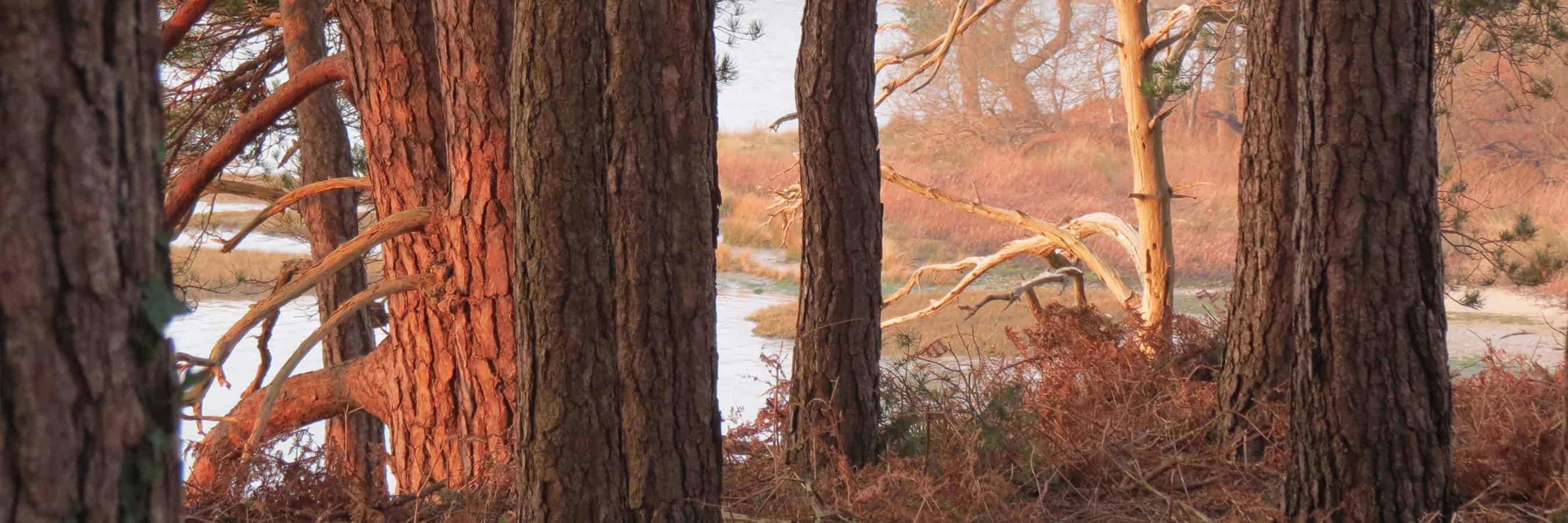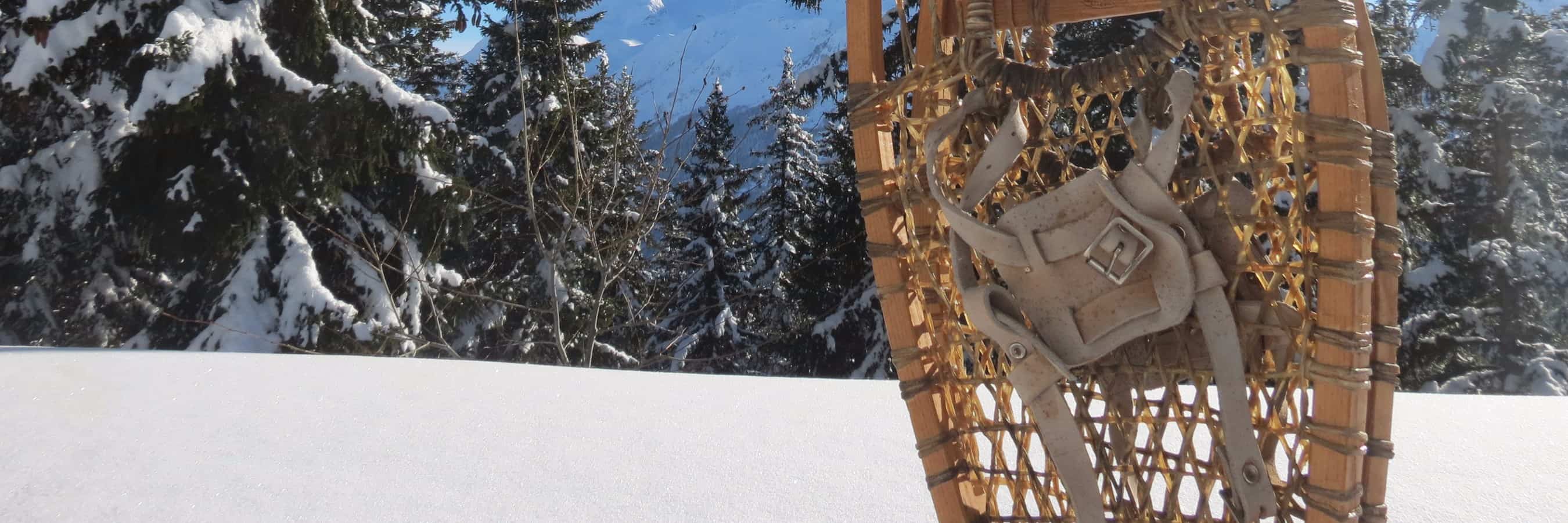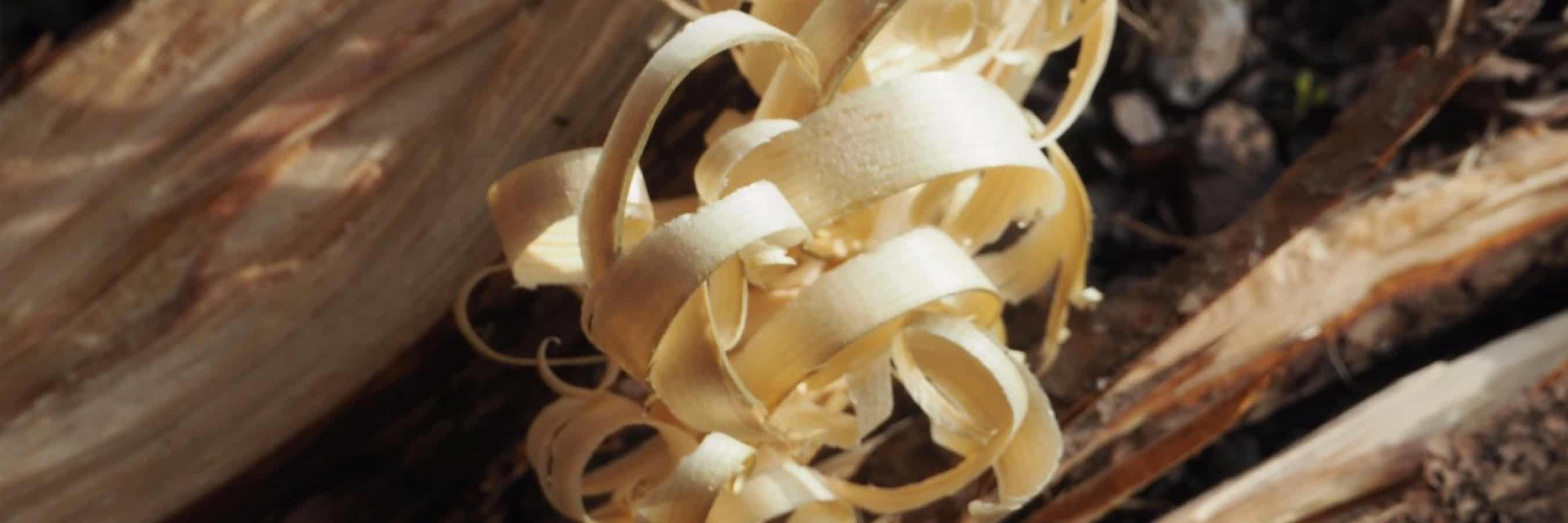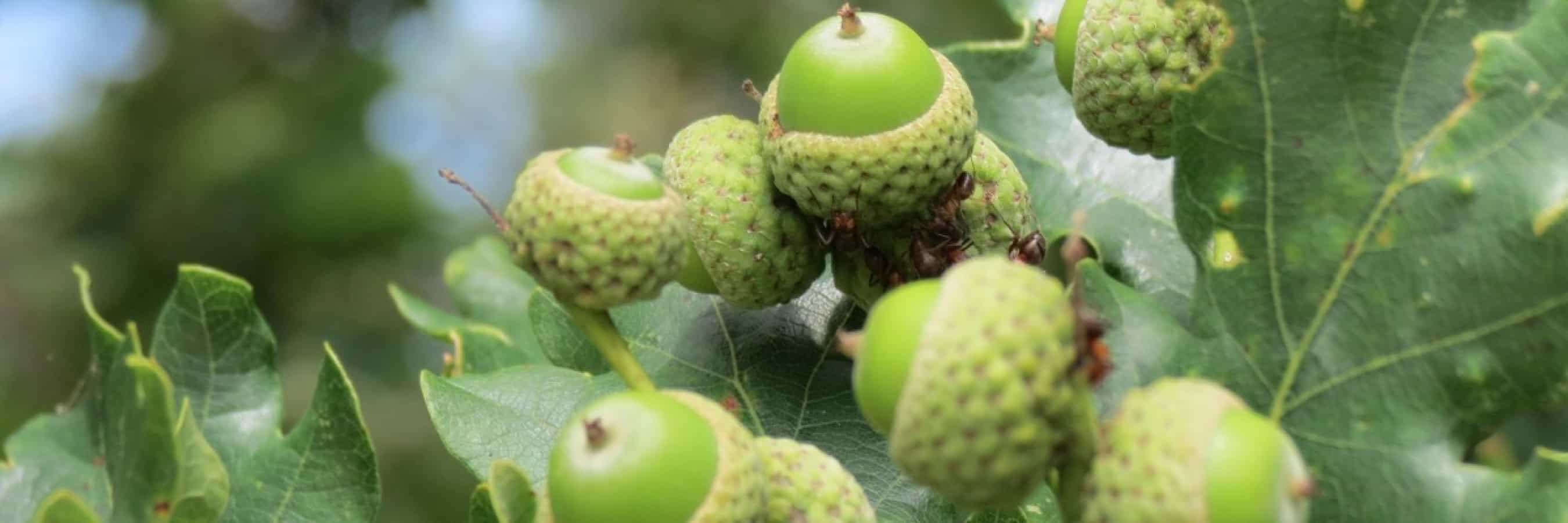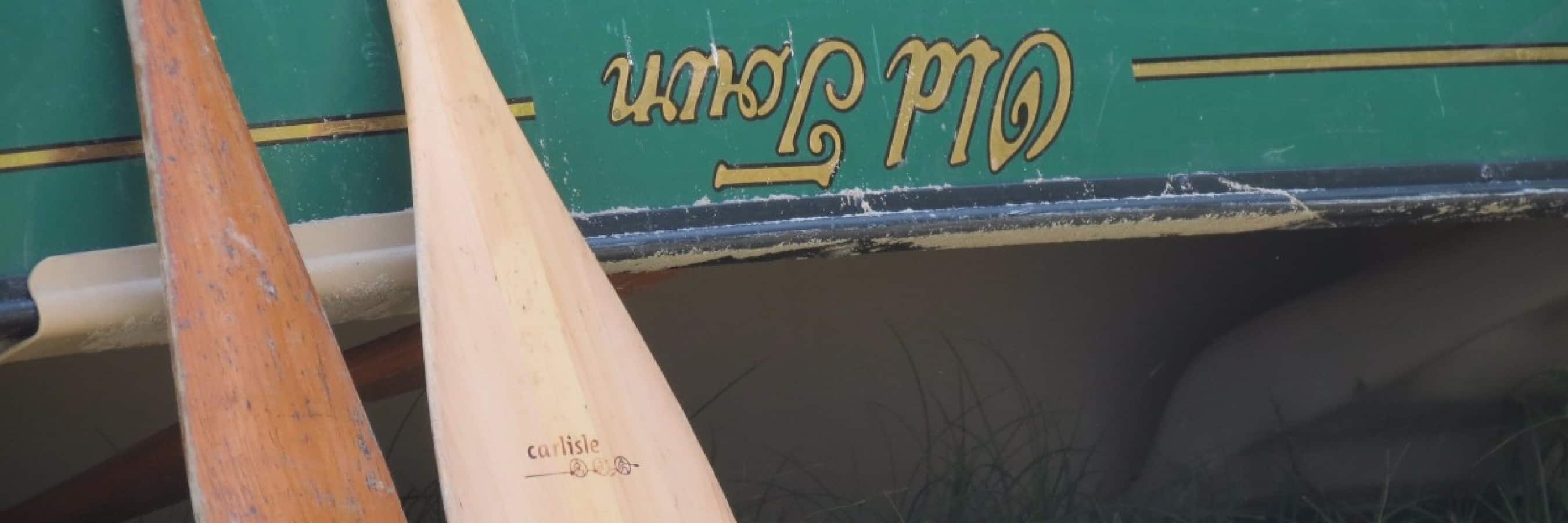Syllabus
Bushcraft… “The skill of living in the wilderness”
Countrylore Bushcraft is reinventing Outdoor education and how it fits within the current spectrum of the national curriculum.
Rather formally referred to as Syllabus; our Course work and subject matter can be developed to suit our clients. The organisations and schools we have helped to date have had very specific aims and goals. Most of the organisations we have taught have either gone for a Taster of the subject for Team building purposes or have wanted us to specify in one area, ‘fire lighting’ appears to be a favourite! Most of the schools we teach for wish to offer a new cornerstone in education ; Outdoor learning. Although it is all about Bushcraft Skills, it is referred to as Survival Skills, Survival wilderness living, Camp-craft, Field-craft and much much more. The details of what we teach are listed below, we enjoy teaching what is relevant both to the curriculum and the Children themselves. Bushcraft is really about enjoying nature – understanding what it has to offer and leaving its students more ’rounded’ and confident.
We hope that we have covered the essential Bushcraft disciplines in as much depth as possible, perhaps beyond what is taught at many ‘professional’ Bushcraft schools. Trying to encapsulate the ‘art of doing things properly’ is central to our teaching philosophy.
Plantlore
The ‘Plant’ kingdom is a valuable resource and offers so much. Medicinally, for Nutrition, Shelter, Cordage, Fire and much much more. We will find different plants uses throughout the different seasons and help build up a clearer picture for the students of what the plant kingdom really has to offer.
Some of the plants / trees we will cover include:
Birch, Alder, Lime,Horse Chestnut, Sweet Chestnut, Willow, Pine, Spruce, Ash, Oak,Rowan Ash, Cherry, Balsam Fir, Cedar, Burdock, Nettle, Rosebay Willowherb, Juniper, Broom, Crab Apple, Cattail, Meadowsweet, Chickweed, St Johns Wort, Woundwort, Thistle(s), Plantain(s), Sedges, Spagnum Moss, Gorse, Hazel, Ransoms Wild Garlic, Pignut, Sweet Woodruff, Celandine,Wood Sorrel, Sorrel, Silverweed, Chicory, Self Heal, Yarrow, Blackberry, Dog Rose, Red Currant etc.
The students will learn how to conserve their resources as well as how to process various plants to get the most out of them. From time to time we will also conduct nature walks learning about various types of Flora and Fauna, the relationship between nature and ourselves and the history of the natural world.
Learn more about: Nettle Crips, Baked Cattail root, Sweet Chestnut Bannock, Nettle Twine, Withies, Birch Sap, Birch Bark Containers, Birch Bark flour, Meadow Sweet infusions, Pignut Soup, Baked Silver weed tubers, Plantain wound dressings, Sedge biscuits, Balsam Fir sap ointment, Raspberry leaf tea, Hazel nut bread, Fir/Spruce bough beds, Willow and Lime bark rope…
Back to Top
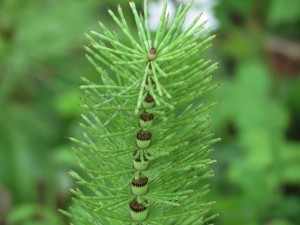
Firecraft
Students will learn the importance of Fire, Fires uses in different scenarios, Fire lays, Fire reflectors and most importantly how to start Fire. We will explore fire ignition through the following means:
- Zirconium Rod
- Matches
- Flint and Steel
- Bowdrill / by Friction
- Chemical Reaction
- Solar Energy
- Piston Pressure
Other areas covered will include:
Fire and Fungus, Fire / ember extenders, Gearing up through the Fire Process, Feather Sticks, The Fire Triangle and the fourth element, Fire Preparation, Fire Site preparation and selection, Maintaining a Fire, Fire as a hazard, the origins / history of fire, Fire lays, Fire uses…
Back to Top
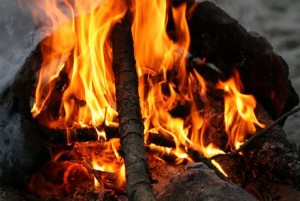
Sheltercraft
As well as building and designing different forms of shelter, we will discuss:
- Shelters and heat loss mechanisms
- Man-made shelter types and designs
- Lean to’s, Debris, Tripod ,Kennels, Wiki, Sapling, Bender etc.
- Basic Design criteria
- Framework-Lattice-Thatching
- Placement
- Tipis / Tents / Tarps / Parachutes/ Lavvuus
- Group shelters
- Improvised beds
- Shelters relative to climate and topography
- Fire as an ‘ally’ to shelter
- Specialist shelters for specific environments
Having spent many nights out in various forms of shelter, there is an understanding at Countrylore of how important it is to get every aspect of shelter building right. A good shelter builder is the Architect and Engineer of the backwoods. Much of what is taught here comes directly from the ‘Teachings’ of Master Woodsman and Bushcraft icon Mors Kochanski.
Back to Top
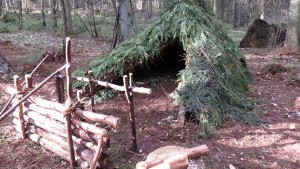
Knifecraft
All students will be allowed to use an Opinel No 7 / Junior Mon Premier knife, these have certain design characteristics which make them a ‘safer’ option as a ‘first’ knife. We will teach the students that the knife is a tool and probably the most important tool in Bushcraft in our environment. We will go on to teach the following:
- Knife Safety/Format and types
- UK Knife law
- Knife Routines and Ethos
- Knife Sharpening
- Knife grips
- Knife Crafts
- Knives In Wilderness Survival
- The Knife and Laplander Saw relationship
- Knives, Axes and Parangs and their uses relative to climate.
- The history of early Flint tools
- Knife Types (Ulu , Puukko etc)
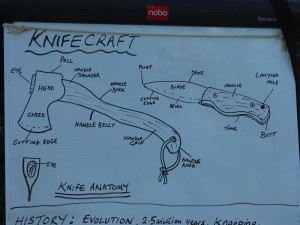
Arctic Bushcraft
With the increase in sub zero temperatures throughout the UK, we have introduced an Arctic Bushcraft module to the syllabus. Countrylore’s journey began in Lapland and with two subsequent journeys to Canada they have some knowledge of these cold weather environments.Again we do not profess to be experts but as enthusiasts we are sure our knowledge will form a very useful foundation. Much of the Course information comes from Woodlore with Ray Mears & Paul Kirtley and from Mors Kochanski, Master Woodsman. The idea is to give our students a more in depth look at Arctic Wilderness Living. The areas we will cover include:
- Shelter Types (Quinzhees, Snow holes, Igloos, Lavvuus, Lean To’s)
- Clothing (Materials, Layering, Tailoring, Regimes)
- Body Temperature Regulation (Hypothermia, Wicking, Venting)
- Sustenance (Water, Carbohydrates, Wild Foods, Ice Fishing)
- Flora & Fauna (Pine, Firs, Larch, Birch, Reindeer Moss, Reindeer, Wolverine, Lynx, Bears)
- Travel (Snowshoes, Roycroft Snowshoe, Snow Machines)
- Fire (Lighting Techniques, Fire Lays, Uses)
- Tools (Knives, Axes, Saws, Shovel)
- Safety (Buddy-Buddy, Outdoor Plans, Ice, Signalling)
- Local Knowledge
- Culture (Innuit, Sami, Evenk)
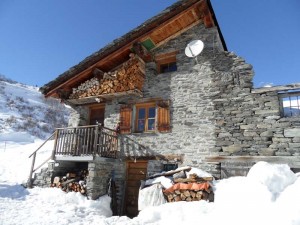
First Aid and Safety Routines
We will cover the various aspects of First aid and Safety:
- How to avoid Danger
- Assessing Hazzards
- Pre Departure regime
- S.T.O.P (stop-think–orientate-plan)
- First Aid Kit
- Communication
- Treating basic Injuries
- Hypothermia
- Health & Safety and Emergency Procedure Policies
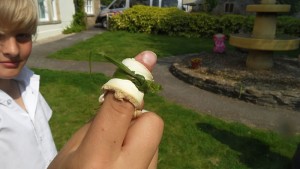
Campcraft and Wilderness Cooking
The Students will study:
- Personal Camping Kit
- Modular kit packing
- The Possibles Bag
- First Aid Kit
- Camp locations
- Camp T sticks and devices
- Camp layout
- Camp latrines
- Camp Hygiene
- The Dutch Oven/Cooking Techniques
- Ponassing Fish
- ‘Quick breasting’ Pigeon-Partridge
- Simple nets and snares
- Various Wilderness Recipes
- Bannock
- Burdock, Thistle and Cat tail Roots
- Leave no trace / minimal impact
- Wild Foods
- Water procurement & sterilisation
- Simple green wood working – stools and horses
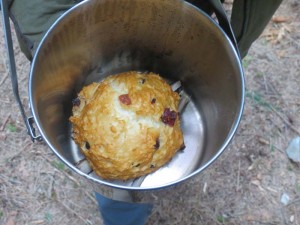
Passive Hunting
Trapping is a subject we enjoy demonstrating – it is probably one of the elements of Bushcraft which draws upon many of the other skill sets. Understanding wildlife, tracking, reading ‘Sign’, Bushcraft ‘engineering’, construction and Knife / axe skills all help to determine favourable results. Understanding the ‘processes’ at work is very much more important than carrying them out… We will discuss:
- The Background & History
- Types of Trap
- Net making
- Placement – Construction – Baits- Funnelling – Tealers – Toggles
- ‘Camera’ Traps
- Trapping Law
- Respect
- Ethics – Attitudes
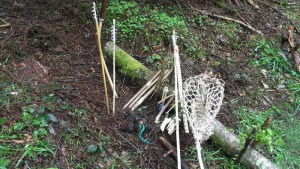
Tracking and Natural Awareness
The students are shown that tracking is more a ‘Science’ than a hidden mystical art, we will cover the following:
- The History of tracking / forensics
- Wide angle vision
- Zoning in and awareness
- The ‘Six’ Senses
- Tracking Terminology
- The tracking stick
- Observation and Camouflage
- Shape – Shine – Silhouette – Shadow
- Subject analysis and Understanding
- Search and Rescue techniques
- Animal ‘sign’ or ‘spoor’
- Track to contact testing
- Trailcraft and ‘stalking’
Natural Navigation
Left home without a compass or map? Students will find out how to determine where they are in relation to their surroundings or how to plan a course or route to safety. We will teach them about how their natural surroundings will give them clues, covering:
Navigation in relation to:
- The Weather
- Plants and trees
- Animals
- The Sun
- The Moon and Stars
- The landscape and topography
- Man made features
- Map reading
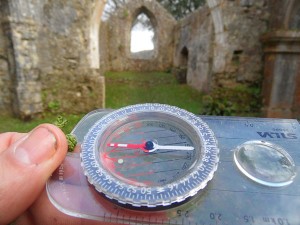
Bushcraft Handicrafts
Over the forthcoming year students will use materials and resources from their natural environment to craft a few different and interesting pieces such as:
- Spoons / Spatulas
- Hobo fishing Line
- Roycraft Snowshoe
- Mats
- Birch Bark containers
- Camp-craft devices
- Bows / arrows
- Basic Archery / grips / primitive bush bows / fletching / nocks
- Atlatls/Catapults
- Tracking stick
- Cordage from lime / willow / nettles
- Withies and Tripods
- Camp besoms
- Toasting sticks
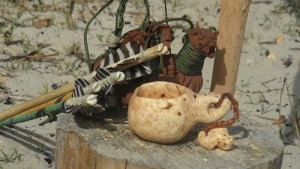
Bushcraft and Essential Wilderness Survival Techniques
In Bushcraft, generally if you are too uncomfortable for too long outside… you are doing something wrong. Bushcraft is all about working with your surroundings, various adages like… know more to carry less and Necessity is the mother of Invention all ring true. There are however a few essentials that need to be considered in any survival situation. We will cover the following:
- Positive Mental Attitude and Humour
- S.T.O.P / K.I.S.S / P.L.A.N
- Protection and Sustenance
- The Importance of Water
- Nutrition
- Shelter
- Clothing
- Essentials/Possibles Kit
- Emergency Signalling
The National Curriculum and Countrylore’s Bushcraft Syllabus
Wherever possible, throughout the Bushcraft syllabus, we will blend in various aspects of the National Curriculum. A Pioneering approach to Bushcraft Tuition! We hope to further the students understanding of The Sciences, Geography, Literacy, Design & Technology, Art & Design, PSHE and History.
We hope to make Bushcraft and Wilderness learning so very relevant to ‘the core’ of the National Curriculum this will in turn make the National Curriculum so much more relevant and enjoyable. Over the past 18 months we have seen many of our school pupils relishing the thought of coming to school, especially when they have Bushcraft lessons!
The part that Wilderness learning and Bushcraft teachings play as a part of a sound education can not be overstated. Ask any school who has participated in a well run, long term scheme and they will, without doubt, verify that it is a worthwhile dimension of the educational process. For example:
Science Key Stage 2
Investigating how Living and Non Living things work – To investigate causes and effects – Planning projects through to a determinable end – Making scientific observations.
Through Fire-craft, Plant-lore, Nutrition, Shelter-craft and Handicrafts.
Literacy Key Stage 2
Engaging dialogue / narrative – Listening & Responding – Group discussion & interaction – Word structure & spelling – Interpreting texts-Presentation.
History Key Stage 2
Chronological Planning – Use of Vocabulary relating to the passing of time – Social & Cultural diversities through time – Historical events – Recollection of Historical information
Through the history and Origins of Bushcraft from The Mesolithic Era to present day.
Geography Key Stage 2
Geographical based questioning – Geographical vocabulary – Use of atlases and maps – location of places and environments – Topographical changes & differences – Physical & Human processes at work on the environment.
Through Natural Navigation, Survival Techniques, Shelter-craft and Plant-lore.
Personal Social Health and Economic Education Key Stage 2
Developing confidence and responsibility – Understanding the range of tasks undertaken in a Wilderness Environment by a group – Social interaction in the outdoor environment – The importance of humour -Spiritual, moral and cultural issues – Interactions between group members recognising strengths and weaknesses.
Art and Design Key Stage 2
Exploring & Developing ideas – Collecting visual information – Understanding different materials, resources, processes and technique – Learn about the roles of Artists and Crafts people.
Through Bushcraft handicrafts, Shelter-craft and Fire-craft.
Design and Technology Key Stage 2
Generate product ideas – Work with different tools – Explore sensory qualities of materials – Follow the safe procedures of Food hygiene – Recognise and evaluate quality – Characteristics of materials.
Through Camp-craft, First Aid and Safety procedures, Handicrafts, Shelter-craft, Knife-craft and Fire-craft.
What we hope to achieve through wilderness teaching for students
As one of the ‘foremost’ centres of wilderness living skills and Bushcraft tuition in the areas surrounding Bath , Frome , Westbury , Warminster and Salisbury ( specialising in the ‘education’ sector ). We count our students as both children and adults. As a result of spending time with us we would hope that they will appreciate and become more comfortable in their natural surroundings. Become more confident as a result of newly acquired skills. Understand the importance of the natural world and show it respect. Learn to improvise and carry this skill forward to everyday life. Work with and lead a team of their peers.Enjoy their education through bushcraft.
